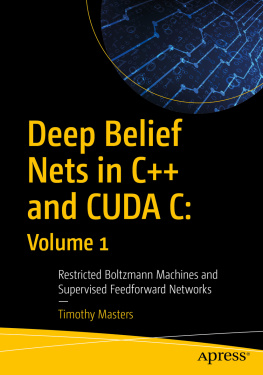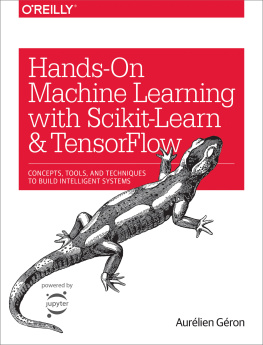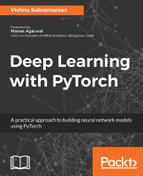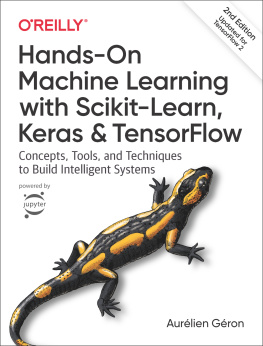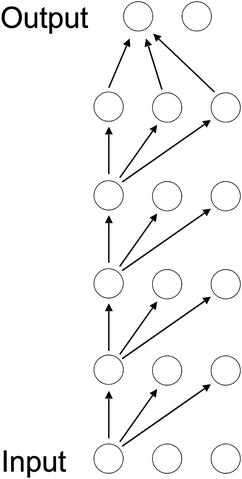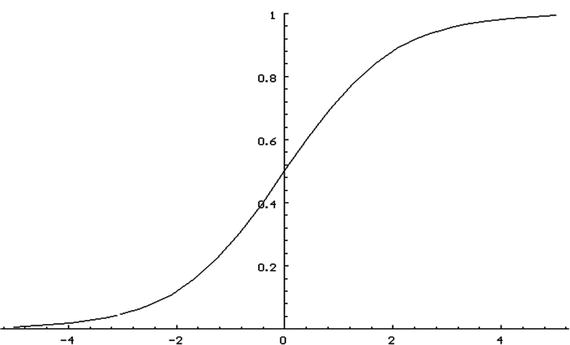Timothy Masters - Deep Belief Nets in C++ and CUDA C: Volume 1: Restricted Boltzmann Machines and Supervised Feedforward Networks
Here you can read online Timothy Masters - Deep Belief Nets in C++ and CUDA C: Volume 1: Restricted Boltzmann Machines and Supervised Feedforward Networks full text of the book (entire story) in english for free. Download pdf and epub, get meaning, cover and reviews about this ebook. year: 2018, publisher: Apress, genre: Children. Description of the work, (preface) as well as reviews are available. Best literature library LitArk.com created for fans of good reading and offers a wide selection of genres:
Romance novel
Science fiction
Adventure
Detective
Science
History
Home and family
Prose
Art
Politics
Computer
Non-fiction
Religion
Business
Children
Humor
Choose a favorite category and find really read worthwhile books. Enjoy immersion in the world of imagination, feel the emotions of the characters or learn something new for yourself, make an fascinating discovery.
- Book:Deep Belief Nets in C++ and CUDA C: Volume 1: Restricted Boltzmann Machines and Supervised Feedforward Networks
- Author:
- Publisher:Apress
- Genre:
- Year:2018
- Rating:5 / 5
- Favourites:Add to favourites
- Your mark:
Deep Belief Nets in C++ and CUDA C: Volume 1: Restricted Boltzmann Machines and Supervised Feedforward Networks: summary, description and annotation
We offer to read an annotation, description, summary or preface (depends on what the author of the book "Deep Belief Nets in C++ and CUDA C: Volume 1: Restricted Boltzmann Machines and Supervised Feedforward Networks" wrote himself). If you haven't found the necessary information about the book — write in the comments, we will try to find it.
The first of three in a series on C++ and CUDA C deep learning and belief nets, Deep Belief Nets in C++ and CUDA C: Volume 1 shows you how the structure of these elegant models is much closer to that of human brains than traditional neural networks; they have a thought process that is capable of learning abstract concepts built from simpler primitives. As such, youll see that a typical deep belief net can learn to recognize complex patterns by optimizing millions of parameters, yet this model can still be resistant to overfitting.
All the routines and algorithms presented in the book are available in the code download, which also contains some libraries of related routines.
What You Will Learn
- Employ deep learning using C++ and CUDA C
- Work with supervised feedforward networks
- Implement restricted Boltzmann machines
- Use generative samplings
- Discover why these are important
Who This Book Is For
Those who have at least a basic knowledge of neural networks and some prior programming experience, although some C++ and CUDA C is recommended.
Timothy Masters: author's other books
Who wrote Deep Belief Nets in C++ and CUDA C: Volume 1: Restricted Boltzmann Machines and Supervised Feedforward Networks? Find out the surname, the name of the author of the book and a list of all author's works by series.

